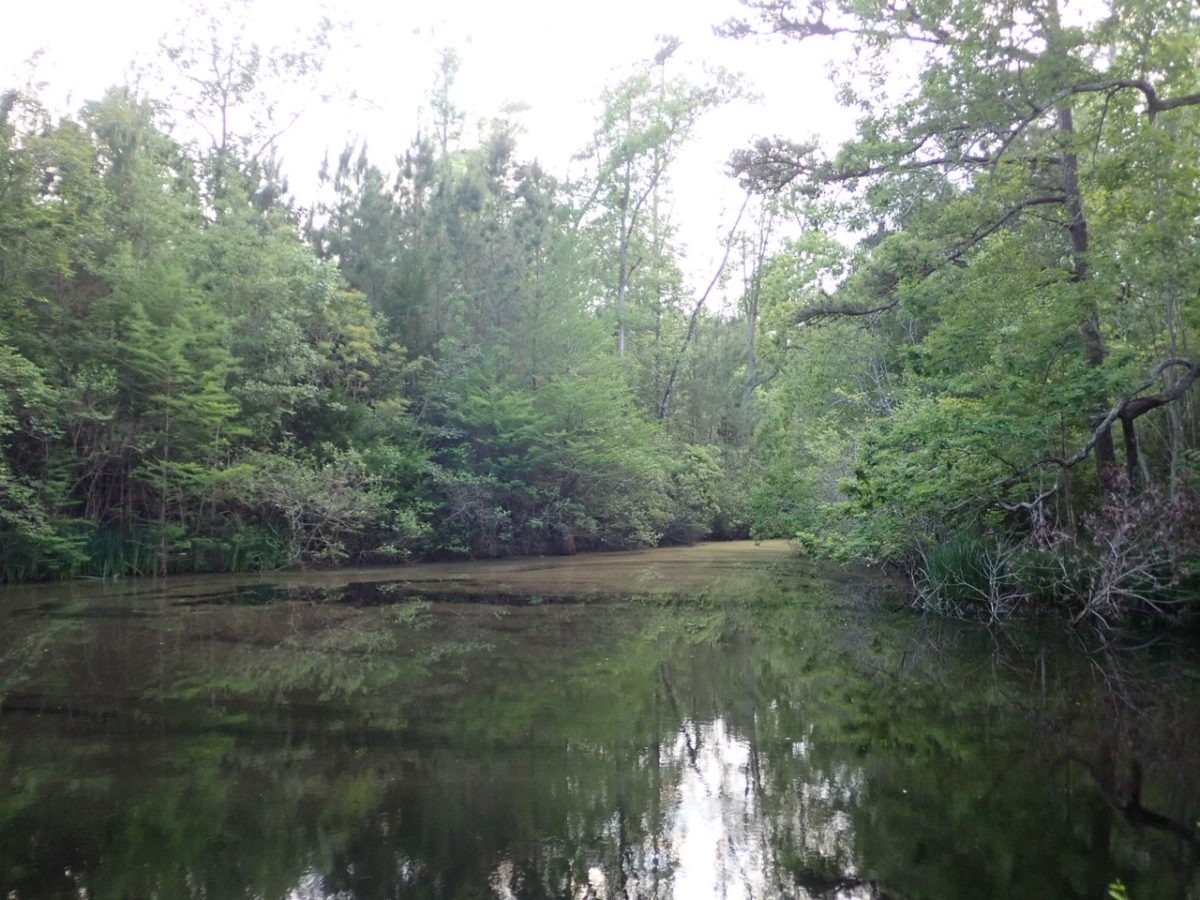Big Thicket: America’s First National Preserve
This week we had the opportunity to visit Big Thicket National Preserve in Texas. It was our 357th national park unit and it continues to amaze us how interesting and unique each of the units are.
Big Thicket National Preserve is a great example of this. It is a place we may have never visited, but because it was a national park unit we went out of our way to go there. We are really glad that we did!
Big Thicket National Preserve
Established in 1974 as America’s first National Preserve, this park unit protects over 112,000 acres across 7 counties in southeast Texas. Unlike many other national park units, this one is not a contiguous whole. In fact, there are 9 sections, interwoven among little towns and industrial areas.
We had expected the park to be mainly cyprus swamp, but that wasn’t the case at all. It is incredibly diverse; there are places with cyprus, and also long leaf pines and magnolias, carnivorous plants and desert with prickly pear cactus. Running through much of the park is the Neches river, plus several creeks, with entirely different ecosystems.
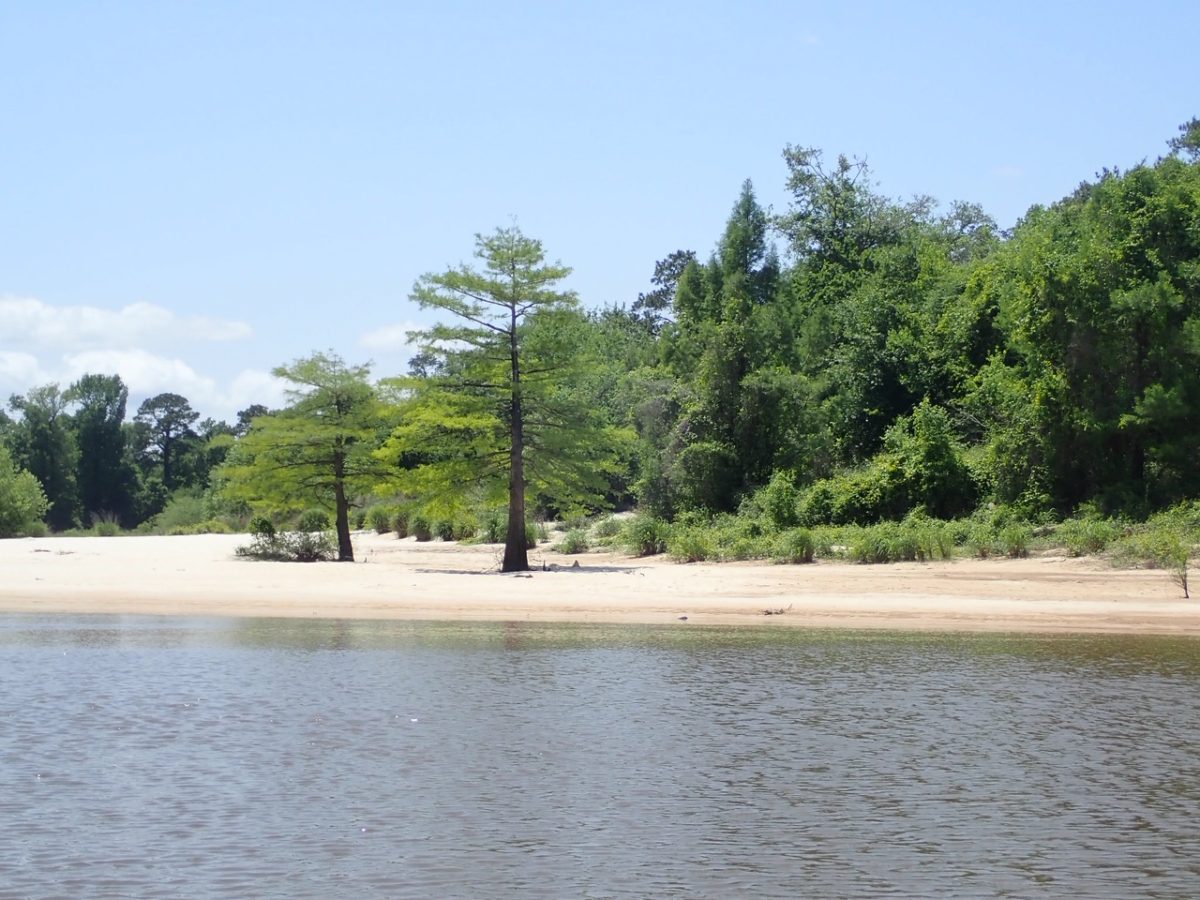
The ranger told us that when they wanted to make the area a National Park, the local residents protested. They understood the need to protect the area from indiscriminate development but they wanted to retain their ability to recreate. That was one of the reasons that it became a National Preserve.
What is a National Preserve?
A National Preserve is much like a National Park, with the exception that are fewer restrictions on its use. You can hike or camp anywhere in the preserve. Hunting is also allowed and some extractive industry is allowed within a preserve. In the case of Big Thicket, when the preserve was created it did not include the “sub-surface” rights so there is still oil & gas drilling, but now managed under the watch of the preserve staff with an eye to minimizing impact.
There are actually 21 National Preserves in the United States – 10 of them standalone National Preserves and others a combined designation such as National Park and Preserve (9), National Monument and Preserve (1) and National Historical Park and Preserve (1). Basically the preserve designation identifies the way the land is managed and its land use restrictions.
Things to Do at Big Thicket National Preserve
There is a visitor center with a museum and short movie that tells you about the park, its ecology and its history. We found it interesting how many people have lived in the thicket; they could live a life isolated from society out there. They talked about the “dog people” who lived there; hunting and fishing and living off the land. You could just picture what their life was like!
Hiking / Walking
There are over 40 miles of trails. We sampled a few:
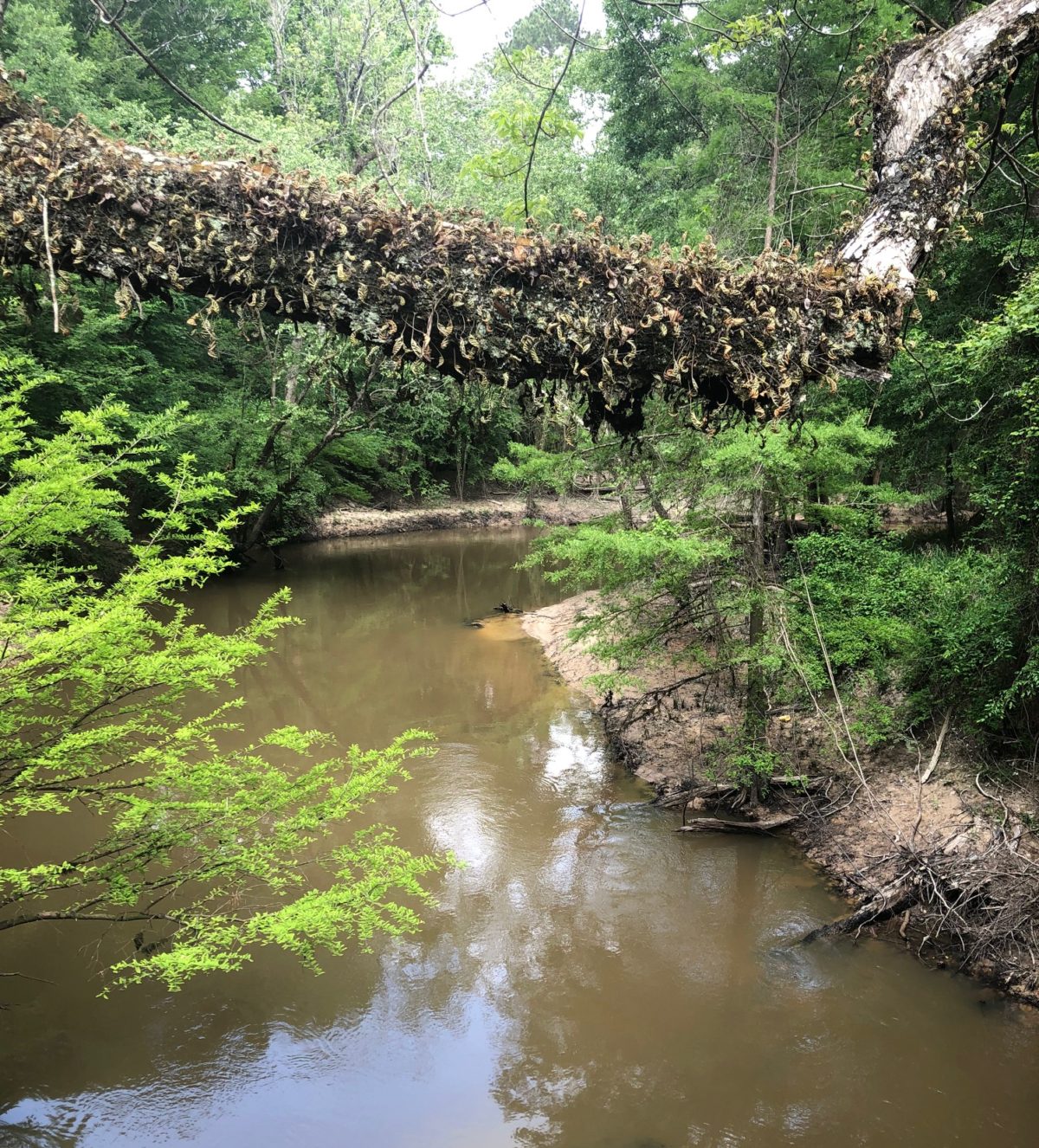
Kirby Nature Trail
Near the visitor center is the Kirby Nature Trail. This is a nice introduction to the thicket. It offers a 2.5 mile loop, or you can go out a bit farther, but only to where the 2017 hurricane damaged the bridge on the Turkey Creek trail.
You will see a historic cabin built in 1935 and there are a wide variety of trees and plants along the trail, from cyprus to ferns. You will also hear a ton of birds, but most are high up in the canopy. When out on this trail, you really get a sense of how dense and remote the thicket can be.
Pitcher Plant Trail
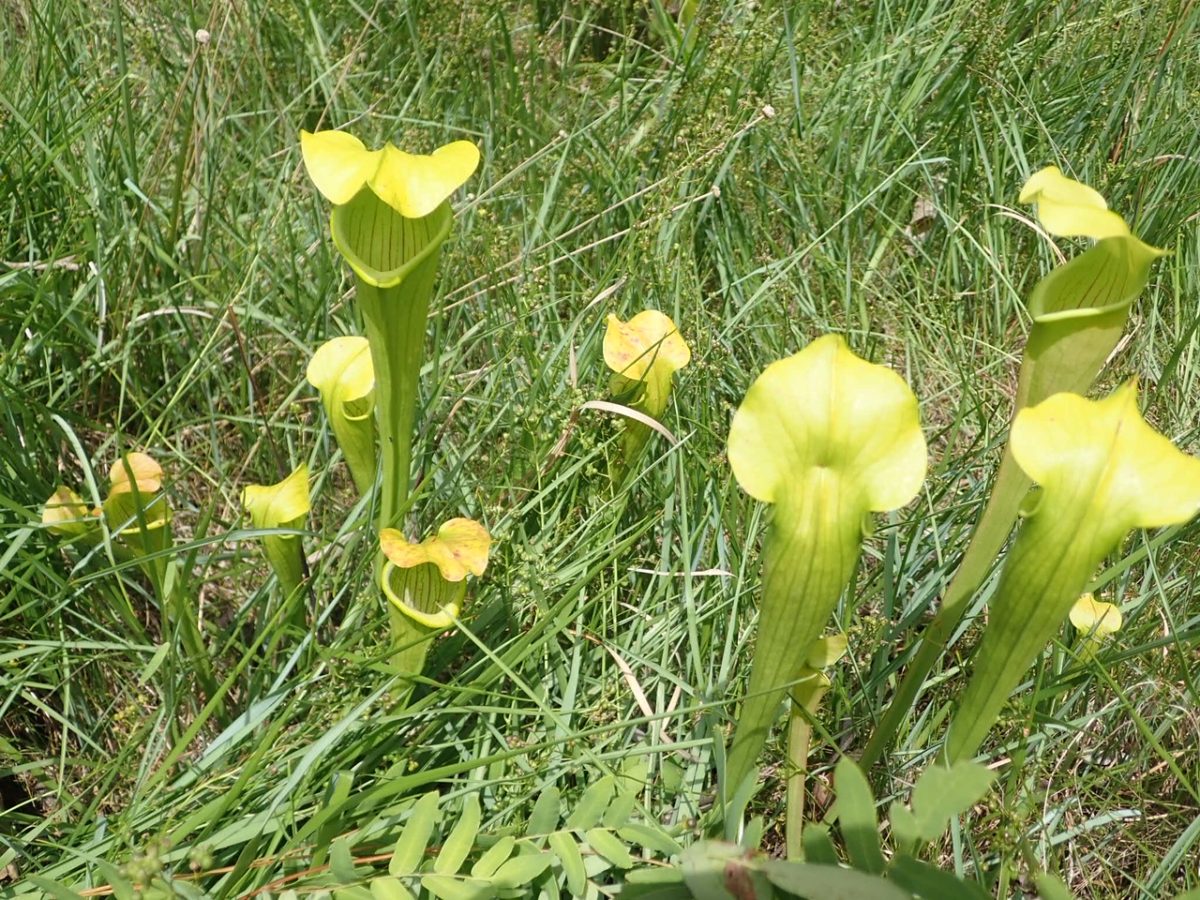
The other trail we really enjoyed was the Pitcher Plant Trail. Still in the Turkey Creek Unit, it is about 20 miles from the visitor center. You will go down a dirt road but it is easily accessible for cars. The walk is a 1 mile loop and you will be amazed at the number of pitcher plants there.
Pitcher Plants are “carnivorous plants”. We learned that there are not enough nutrients in the poor soil so they get most of their nutrition from eating insects. There is a neat model of one of these in the visitor center, showing how insects get trapped inside and can’t get out.
We were also interested to learn that some types of insects – unfortunately mosquitos for one – actually aren’t affected by the plant’s digestive juices. They actually lay their eggs inside the plant and the larvae will feed on trapped insects. So carnivorous plants don’t reduce the mosquito population.
Hint: don’t forget the insect repellent.
Sundew Trail
The Sundew Trail is a little easier to get to and there you will also see pitcher plants, but not near as many. It has a .3 mile loop, much of it on a boardwalk. You can extend this to include the 1 mile outer loop trail if you want to do more. This is a nice trail if you don’t have a lot of time.
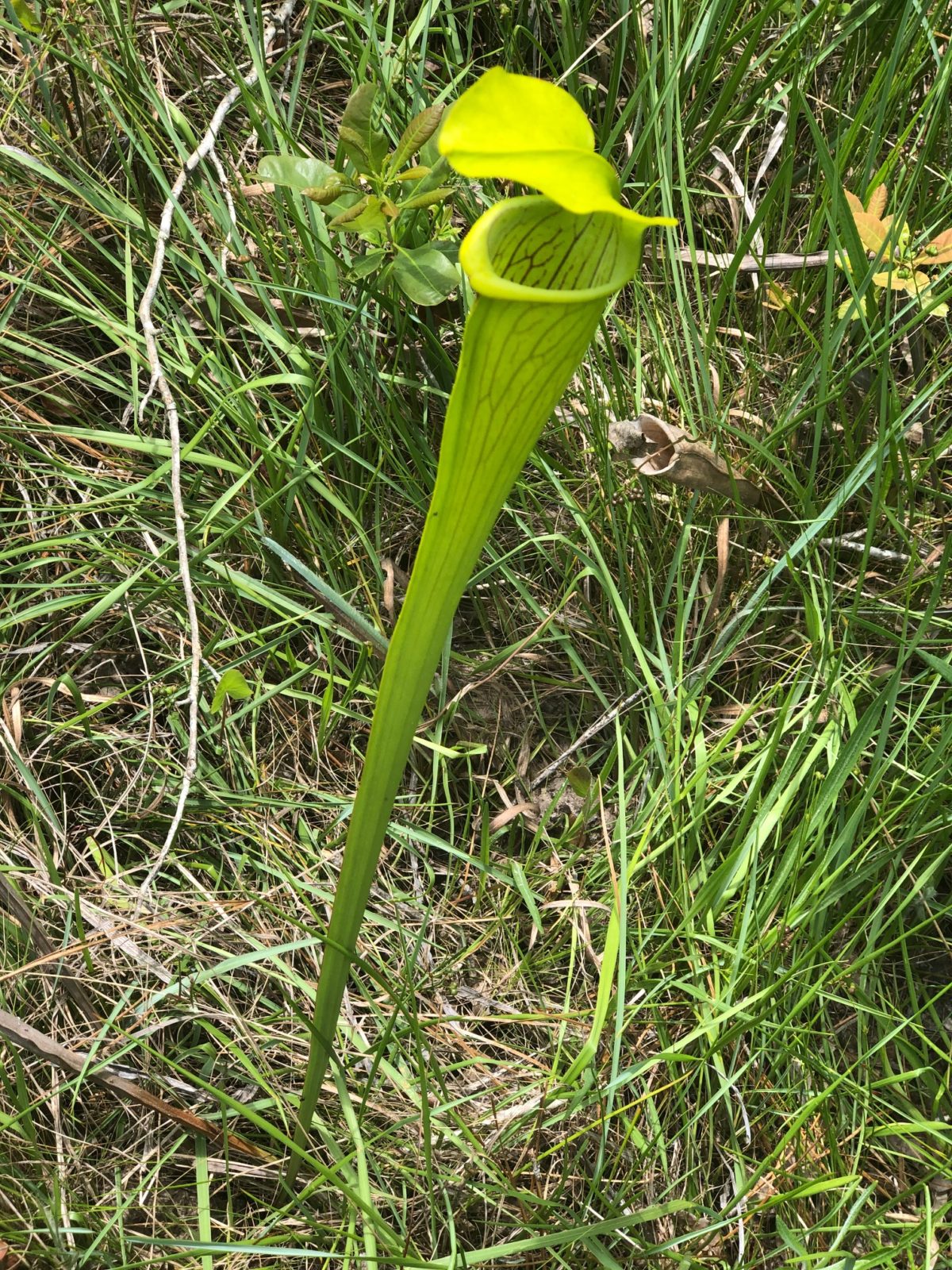
Canoeing and Kayaking
There are tons of opportunities to get out on the water in the park – fishing, canoeing and kayaking. You don’t have to bring your own canoe or kayak; there are outfitters where you can rent one for a day. They’ll arrange for transportation so that you can do a way one, down river paddle. (They even do multi-day adventures with camping along the river, if you are interested. There are a ton of sandy beaches along the river – lovely places to camp!)
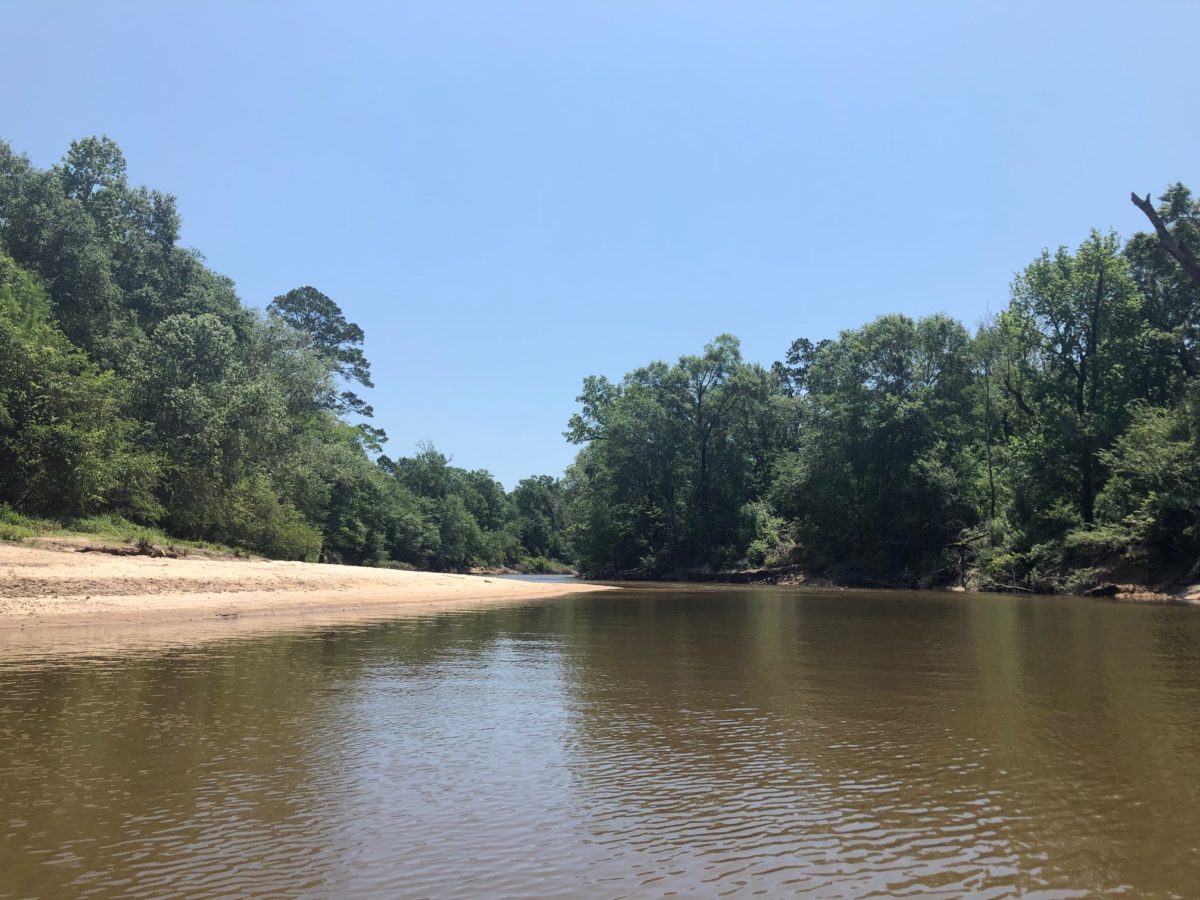
We chose to do an afternoon paddle on Village Creek and did about an 8 mile trip starting from Silsbee. It was lovely… As you quietly drift down the river you can spot lots of birds and animals. We saw deer and watched a raccoon come down to the river to drink. There were tons of turtles sunning on the logs and we encountered a few water snakes, lifting their heads out of the water to see what was going on. We also saw egrets and heron and birds of prey.
Enjoy Big Thicket National Preserve
Along with hiking and paddling, visitors can get out on horseback or bicycle the park’s trails. Of course there is also hunting and fishing; lots of recreational opportunities. And the small towns in the area are really interesting. We met some very nice people.
We also really enjoyed our accommodations; staying at Etheridge Farm – a really cute B&B in the country near Kountze with three small cabins. The host, Anne, is a lovely lady. She offers a yummy breakfast with home-made Mayhaw jelly, from fruit picked right outside our cabin. She will also serve you a home-cooked dinner in your room if you like. It was awesome!!!
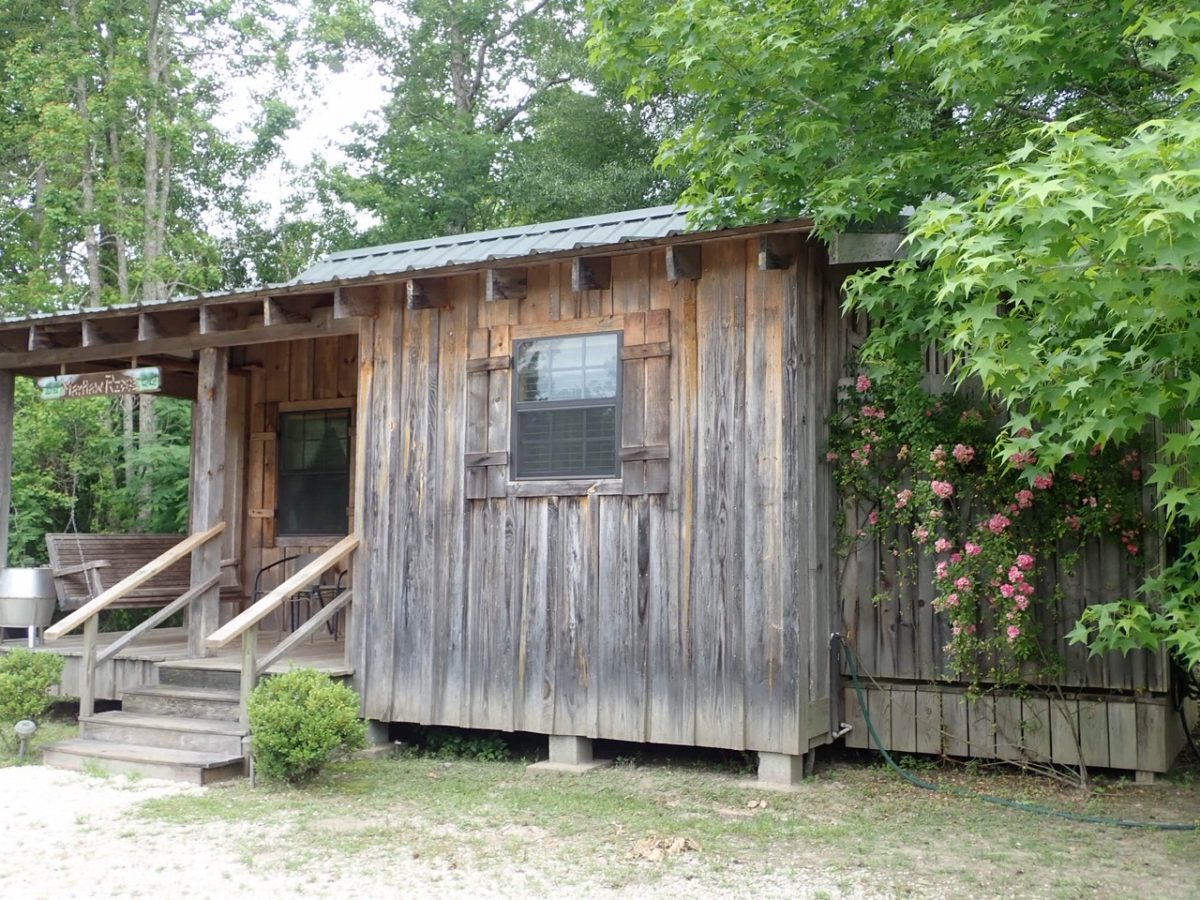
Each cabin has a porch swing – perfect for just sitting and enjoying the scenery, or curling up with a good book. We even had some company one evening – a Green Anole. He was a curious little guy and very cute! When he blew up his neck sac was orange.
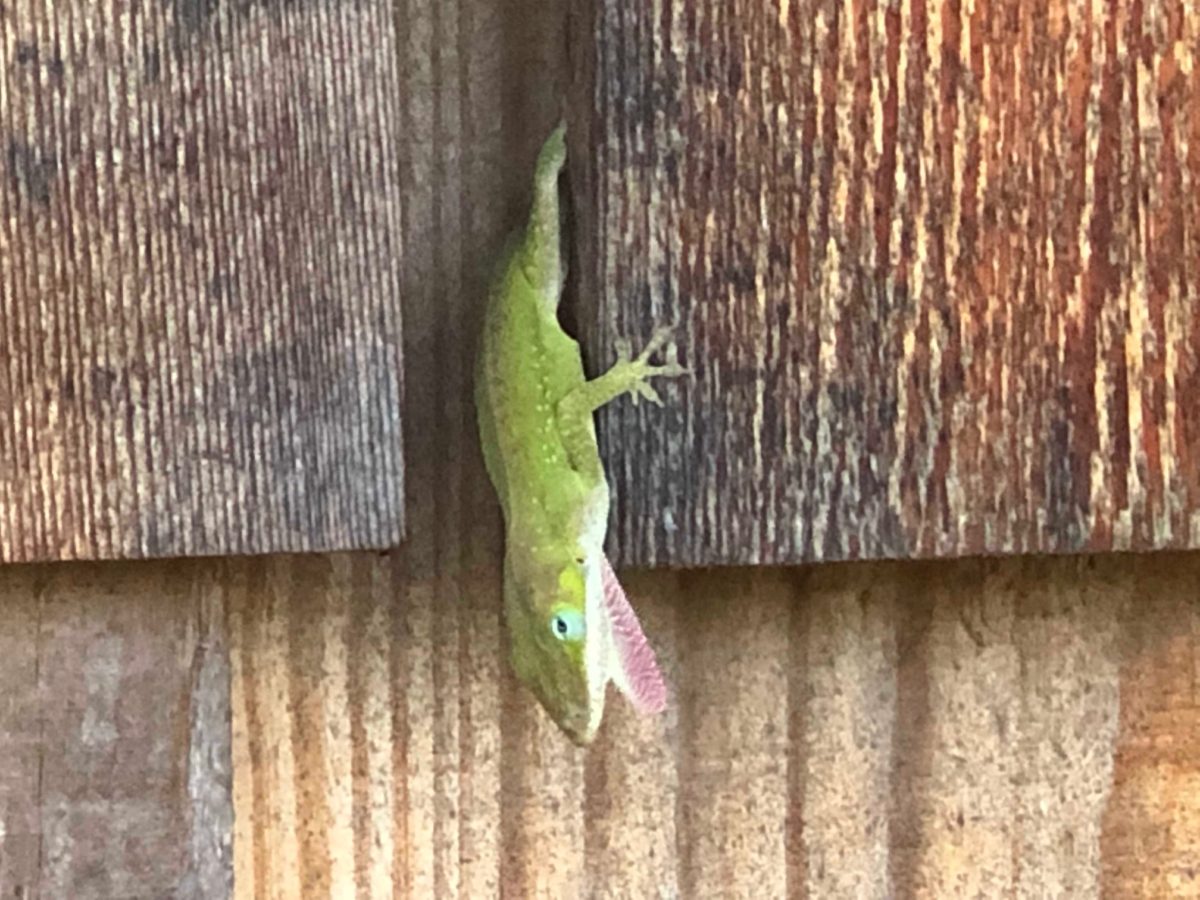
We really enjoyed our short visit to the preserve and would highly encourage you to make the detour to visit and experience southeast Texas hospitality!
#FindYourPark
#SeeAmericaFirst

